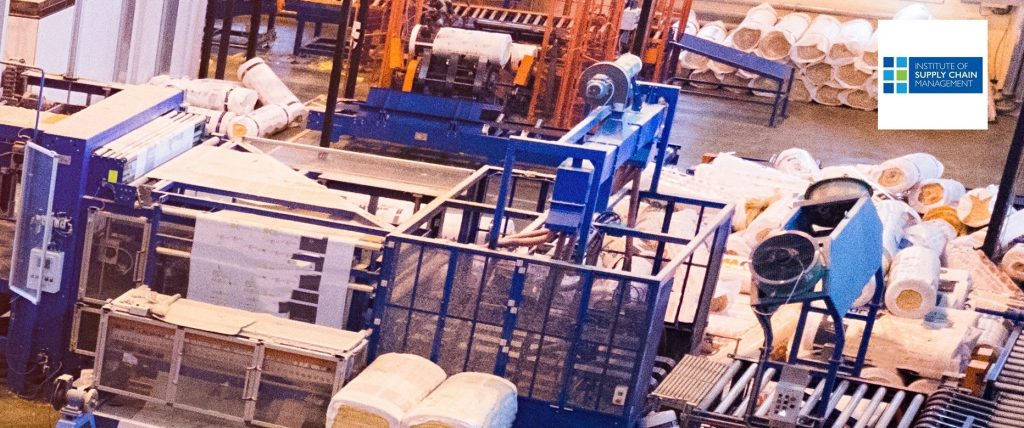
What Are The Benefits of Adhesive Technologies in Manufacturing?
There are a number of different industries which have found a significant benefit with adhesive technologies, including the automotive, construction, dental and medical industries. For example, polyurethane is one of the most commonly used adhesives in the automotive industry. The same is true in the construction industry. Many construction projects will require a large amount of adhesive for roofs, walls and flooring.
In the manufacturing industry, adhesives also play an important role. Let’s find out more.
What Are Adhesives?
Adhesives or glue refer to a bonding material sticking two surfaces together. When buying adhesives, make sure that they’re produced by a trusted industrial and marine coating manufacturer. There are different types of adhesives used in manufacturing, and their applications will vary according to their composition.
What Are The Benefits Of Adhesives?
Here are some of the benefits of adhesive technologies in manufacturing:
They are versatile
One of the biggest benefits of adhesive technologies in manufacturing is the fact that they’re very versatile as far as applications are concerned.
Here are some of the most commonly used adhesives in the manufacturing industry:
- Silicone: This is one of the oldest types of adhesives used in the manufacturing of almost all products that are found in the market today. The main function of this type of adhesive is to provide a smooth surface.
- Glue: This type of adhesive has been widely used in the manufacturing of the objects and the binding of paper, textiles, and other common household objects.
- Liquid: This type of adhesive is often used for the attachment of the edges or joints of certain objects.
- Plastic: This type of adhesive has become very popular because it doesn’t need any kind of extra preparation time. It’ll just need to be applied onto the object and then allowed to dry before setting properly. It also doesn’t require a lengthy cooling period in order to set into the surface.
Makes Products More Resilient
If you’ve ever been involved with the development and creation of a new product or if you’re in need of an idea, you may be familiar with many examples of adhesive technology.
The most commonly used adhesive in today’s marketplace is polyurethane-based adhesives. Polyurethane is a plastic-based adhesive that’s typically used to stick objects together and give them a smooth surface. It is also very resistant to tearing and can be used on most surfaces. In fact, it is used extensively for car parts as well as glass windows.
Since this type of adhesive is extremely resilient and can bond objects together on a variety of surfaces, it has become a popular choice for products that will require added support and structure over time. Adhesives are very useful in the manufacturing process.
Here’s how polyurethane is used in manufacturing:
- When it comes to the manufacturing process, polyurethane is often melted into a mould before it is ready for production. The purpose of this is to make sure that the adhesive is consistent throughout the creation process.
- A number of additives are often used in the creation of polyurethane-based adhesives, which include a catalyst to help boost the adhesive’s ability to bond to a variety of surfaces and even help make it stronger.
- Applying adhesive is something that can be done either manually or using specialised equipment. In some cases, a machine may be used to speed up the application process and ensure that the adhesives adhere to a wide range of surfaces.
Superior Bonding Performance
Adhesive technologies, like polyurethane adhesives, can be used on almost any surface, creating a strong bond between the item being held together and the backing surface. There are several other types of adhesive that are used today, but none compares to polyurethane-based adhesives.
Here are some essential details on how adhesives provide superior bonding performance:
- Different types of adhesives have different strengths when it comes to their adhesion ability and capabilities.
- These strengths are often measured in tensile strength, tensile modulus, or thermal conductivity. This is used to determine how much force is required to apply the adhesive to a particular surface.
- Some types of adhesives are also known to have an adhesive release rate, which helps determine how fast the product will be removed from the surface after being applied.
Conclusion
Adhesives can create a smooth and even surface through the application of a mixture that promotes a perfect bond between two surfaces. With the different types of adhesives available to manufacturers today, companies are free to choose which type will best help them create durable and long-lasting products.
